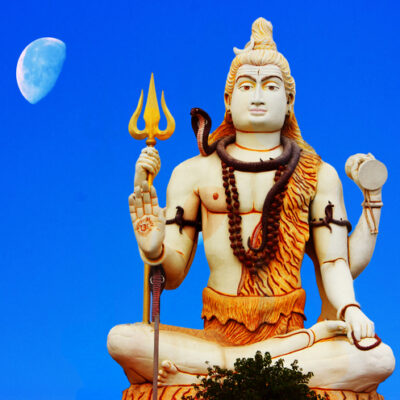Aihole Temple- Karnataka.

Address
Aihole Temple Bagalkot, Karnataka- 587124 India
Diety
Vishnu
Introduction
Aiholealso referred to as Aivalli, Ahivolal or Aryapura, is a historic site of ancient and medieval era Buddhist, Hindu and Jain monuments in Karnataka, India that dates from the sixth century through the twelfth century CE Most of the surviving monuments at the site date from the 7th to 10th centuries. Located around an eponymous small village surrounded by farmlands and sandstone hills, Aihole is a major archaeological site featuring over one hundred and twenty stone and cave temples spread along the Malaprabha river valley, in Bagalakote district. Aihole is 35 kilometres from Badami and about 9.7 kilometres from Pattadakal, both of which are major centres of historically important Chalukya monuments. Aihole, along with nearby Badami, emerged by the 6th century as the cradle of experimentation with temple architecture, stone artwork, and construction techniques. This resulted in 16 types of free-standing temples and 4 types of rock-cut shrines.The experimentation in architecture and arts that began in Aihole yielded the group of monuments at Pattadakal, a UNESCO world heritage site.Over one hundred Aihole temples are Hindu, a few are Jain and one is Buddhist. These were built and coexisted in close proximity. The site is spread over about 5 square kilometres (1.9 sq mi).The Hindu temples are dedicated to Shiva, Vishnu, Durga, Surya and other Hindu deities. The Jain Basadi temples are dedicated to Mahavira, Parshvanatha, Neminatha and other Jain Tirthankaras. The Buddhist monument is a temple and small monastery. Both Hindu and Jain monuments include monasteries, as well as social utilities such as stepwell water tanks with artistic carvings near major temples.
Puranic Significance
Aihole is referred to as Ayyavole and Aryapura in its inscriptions and Hindu texts from 4th to 12th century CE, as Aivalli and Ahivolal in colonial British era archaeological reports. Aihole has been a part of Hindu mythologies. It has a natural axe-shaped rock on the Malaprabha river bank north of the village, and a rock in the river shows a footprint. People also believe that this place has great significance in Ramayana. It is connected to rishi gautama and ahilya event in the epic. This is the reason that the place is called Aihole.Parashurama, the sixth Vishnu avatar, is stated in these legends to have washed his axe here after killing abusive Kshatriyas who were exploiting their military powers, giving the land its red color The Chalukyas sponsored artisans and built many temples in this region between the 6th and 8th centuries. Evidence of wooden and brick temples dating to 4th-century have been unearthed. Aihole started the experimentations with other materials such as stone around the 5th century when the Indian subcontinent saw a period of political and cultural stability under the Gupta Empire rulers. Badami refined it in 6th and 7th centuries. The experimentations culminated in Pattadakal in the 7th and 8th centuries becoming a cradle of fusion of ideas from South India and North India.Aihole was fortified by Late Chalukya kings in the 11th and 12th centuries, in an approximate circle. This indicates the strategic and cultural importance of Aihole to the kings whose capital was far away. Aihole served as a hub of Hindu temple arts in this period with guild of artisans and merchants called the Ayyavole 500, celebrated for their talent and accomplishments in the historical texts of the Deccan region and South India. In the 13th century and thereafter, the Malprabha valley along with much of Deccan became a target of raids and plunder by the Delhi Sultanate armies devastating the region. From the ruins emerged the Vijayanagara Empire which built forts and protected the monuments, as evidenced by inscriptions in the fort at Badami. However, the region witnessed a series of wars between Vijayanagara Hindu kings and Bahmani Muslim sultans. After the collapse of Vijayanagara Empire in 1565, Aihole became a part of the AdilShahi rule from Bijapur, with some of the Muslim commanders using the temples as residence and their compounds as garrison for storing weapons and supplies. A Hindu temple dedicated to Shiva came to be called Lad Khan temple, named after the Muslim commander who used it as his operational hub, and a name that has been used ever since.
Century/Period/Age
7th to 10th centuries
Managed By
Archaeological Survey of India (ASI)
Nearest Bus Station
Aihole
Nearest Railway Station
Bagalkot
Nearest Airport
Belgaum









